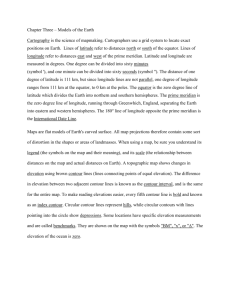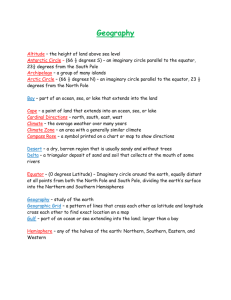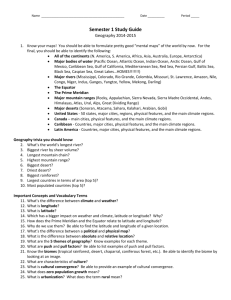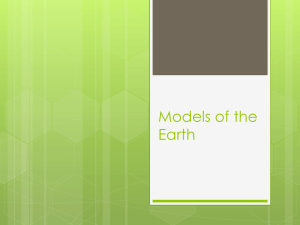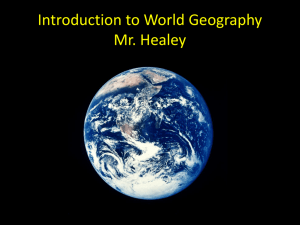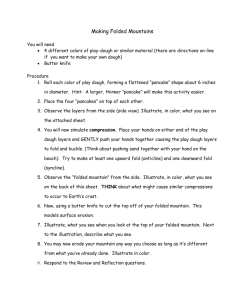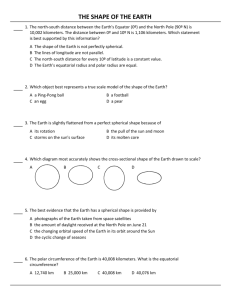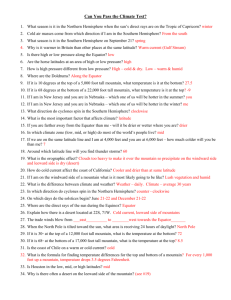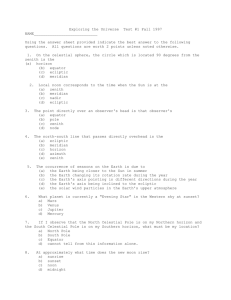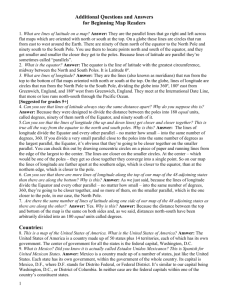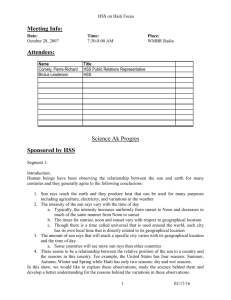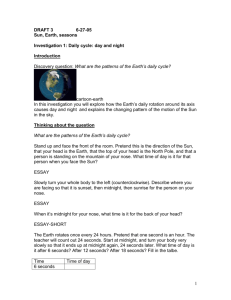PLAIN – large, flat areas of land, often found in the interior regions of
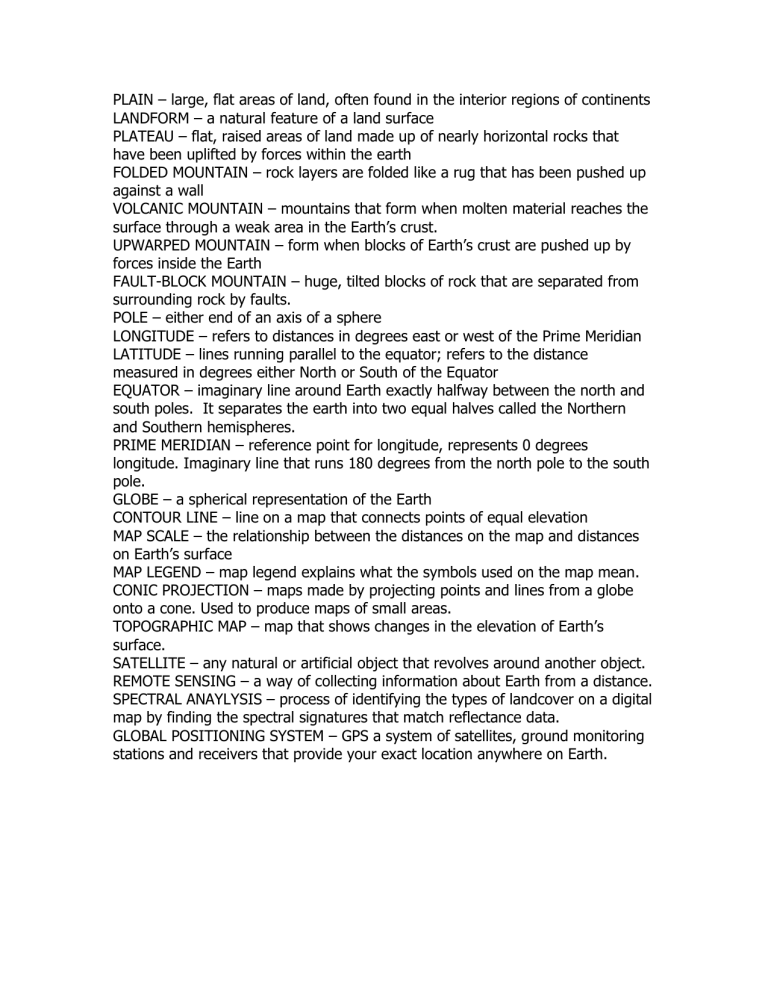
PLAIN – large, flat areas of land, often found in the interior regions of continents
LANDFORM – a natural feature of a land surface
PLATEAU – flat, raised areas of land made up of nearly horizontal rocks that have been uplifted by forces within the earth
FOLDED MOUNTAIN – rock layers are folded like a rug that has been pushed up against a wall
VOLCANIC MOUNTAIN – mountains that form when molten material reaches the surface through a weak area in the Earth’s crust.
UPWARPED MOUNTAIN – form when blocks of Earth’s crust are pushed up by forces inside the Earth
FAULT-BLOCK MOUNTAIN – huge, tilted blocks of rock that are separated from surrounding rock by faults.
POLE – either end of an axis of a sphere
LONGITUDE – refers to distances in degrees east or west of the Prime Meridian
LATITUDE – lines running parallel to the equator; refers to the distance measured in degrees either North or South of the Equator
EQUATOR – imaginary line around Earth exactly halfway between the north and south poles. It separates the earth into two equal halves called the Northern and Southern hemispheres.
PRIME MERIDIAN – reference point for longitude, represents 0 degrees longitude. Imaginary line that runs 180 degrees from the north pole to the south pole.
GLOBE – a spherical representation of the Earth
CONTOUR LINE – line on a map that connects points of equal elevation
MAP SCALE – the relationship between the distances on the map and distances on Earth’s surface
MAP LEGEND – map legend explains what the symbols used on the map mean.
CONIC PROJECTION – maps made by projecting points and lines from a globe onto a cone. Used to produce maps of small areas.
TOPOGRAPHIC MAP – map that shows changes in the elevation of Earth’s surface.
SATELLITE – any natural or artificial object that revolves around another object.
REMOTE SENSING – a way of collecting information about Earth from a distance.
SPECTRAL ANAYLYSIS – process of identifying the types of landcover on a digital map by finding the spectral signatures that match reflectance data.
GLOBAL POSITIONING SYSTEM – GPS a system of satellites, ground monitoring stations and receivers that provide your exact location anywhere on Earth.





